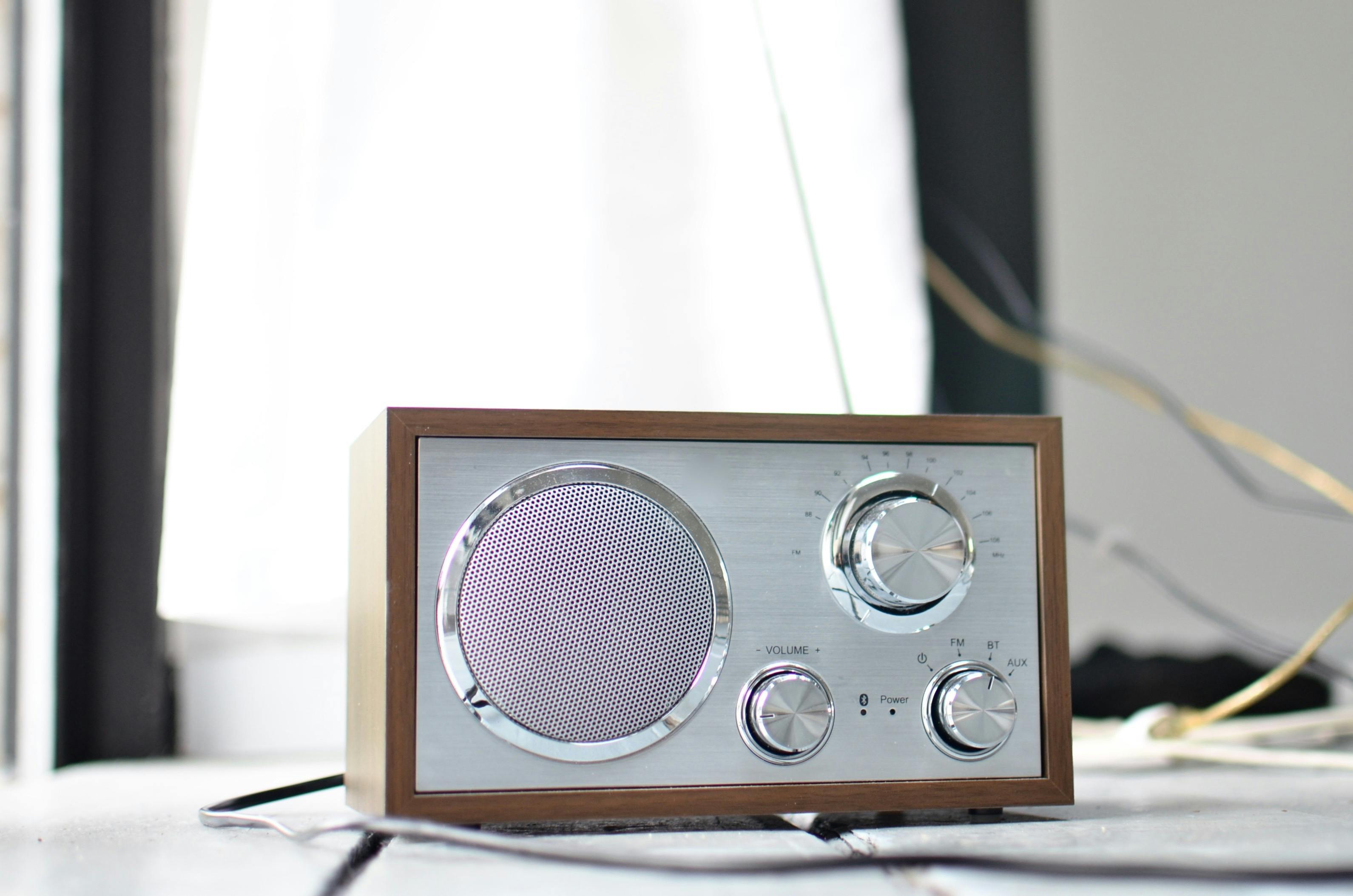If you're not an electrical engineer, it's easy to get confused about the difference between speaker wire gauge and ampacity. It's also easy to see why that confusion exists. The two terms are closely related, but they don't mean the same thing. Let's take a look at what each term means and how they relate to one another so you can make sense of them both.
In electrical engineering, a gauge is a measure of the thickness of a wire. The thicker the wire, the larger the gauge number. Ampacity is the maximum amount of current that a wire can carry without overheating. So, for given wire size, the larger the gauge number, the higher the ampacity.
But what does this have to do with speakers? When you're selecting speaker wire, you need to choose one that has a higher ampacity than your amplifier's maximum output rating. This will ensure that the wire doesn't overheat and fail. In general, you'll want to use speaker wire with a gauge number that is at least as large as the amplifier's output rating. For example, if your amplifier has a maximum output rating of 100 watts, you'll want to use a speaker wire with a gauge number of at least 10.
8 gauge speaker wire
8 gauge speaker wire has the same ampacity as 12 gauge speaker wire, but 8 is smaller in diameter overall.
It's important to note that both speaker wire gauge and ampacity are measures of resistance—the more electrical resistance a given length of wire has, the less current it can carry. Resistance is directly related to size: The larger the cross-sectional area of the wire, the lower its electric resistance per unit length. But they have different effects on your sound system. Overloaded low-gauge speaker wiring will distort sound by introducing some nasty-sounding harmonic distortion into your music or movie soundtrack.
Overloading an amplifier is very bad for it and greatly decreases its lifespan.
Speaker wire amps are always rated at "continuous", not "peak" output.
Peak power is the maximum power a speaker can handle for a very short period. Continuous power is the average amount of power that a speaker can handle over an extended period.
Most amplifiers are rated for their continuous power output, so you'll want to choose a speaker wire that has an ampacity rating that's higher than your amplifier's continuous rating. This will ensure that the wire can handle the average amount of current your amplifier produces without overheating.
12 gauge speaker wire
So, how do you know if the speaker wire gauge is larger than your amplifier's continuous power rating? Manufacturers list this information on their spec sheets for most speakers and amplifiers. On the speaker end of things, they list a minimum recommended speaker wire size with a corresponding ampacity. You can find these specs online or in the documentation that comes with your new speakers. If you don't have them handy, contact the manufacturer directly to request them.
Of course, if you already bought a set of speakers without considering what type of speaker wire to use with them, it's not too late to get help even after the fact. The technical support line for your particular brand will be able to help big time. They can steer you towards the correct gauge wire for your make and model, and possibly even send you the specs you need to ensure a good connection.
In the end, it's always a good idea to have more ampacity than you think you'll ever need. It's better to be safe than sorry when it comes to your sound system!
Gauge vs Ampacity
So, what's the difference between speaker wire gauge and ampacity? Simply put, a speaker wire gauge is a measure of thickness while ampacity is the maximum amount of current a wire can carry without overheating. When selecting a speaker wire, you'll want to choose one that has a higher ampacity rating than your amplifier's maximum output rating. This will ensure that the wire doesn't overheat and fail.


After you have used your Android smartphone or tab for a while, it accumulates a large volume of trash in its system. This large sum of trash causes frequent freezing, lagging and slowing down of the Android system.
ReplyDeleteThis gives rise to a series of questions; how to empty recycle bin on android phone? Where are the deleted files? Doesn’t Android have a recycle bin? No. Unlike Windows and Mac computers, Android phones and tabs do not have a recycle bin.
There is nothing to be worried though. Android has its own set-up for you to find trashes and empty them without having to go through a recycle bin.